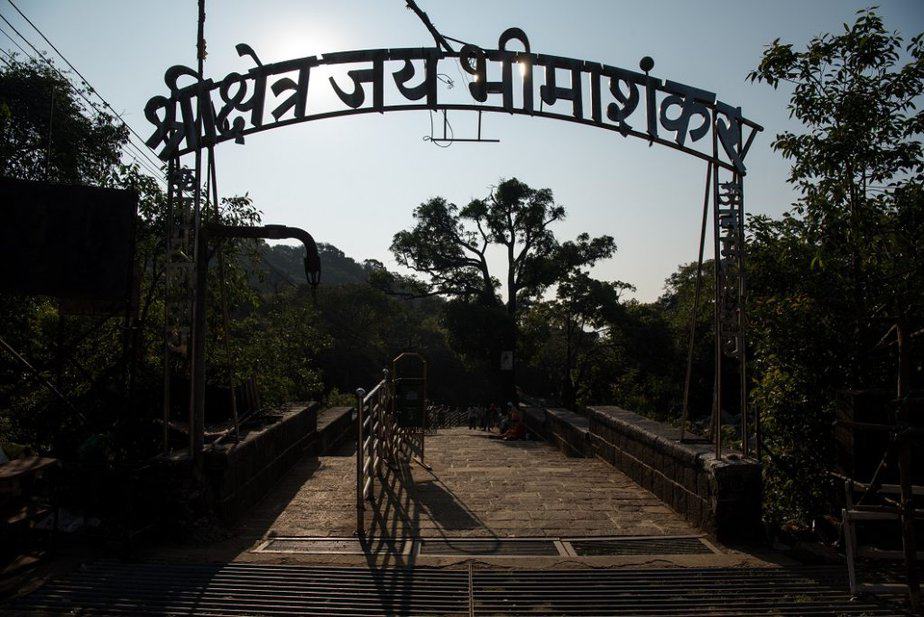
Bhimashankar, situated in the western state of Maharashtra, India, is a destination that offers a unique blend of spirituality and natural beauty. This remarkable place is known for its ancient temple dedicated to Lord Shiva and the breathtaking trekking trails that wind through the lush greenery of the Sahyadri range.
This comprehensive tourist guide will explore the history, how to reach, trekking options, the temple, timings, entry fees, and everything you need to know for a memorable visit to Bhimashankar.
History and Legends of Bhimashankar
Bhimashankar is not just a temple but a place steeped in history and mythology. The temple, believed to be over a thousand years old, is one of the 12 Jyotirlingas, sacred shrines dedicated to Lord Shiva. The name “Bhimashankar” is derived from two words: “Bhima” and “Shankar.” “Bhima” refers to the mythological figure Bhima, from the epic Mahabharata, who is said to have sought the blessings of Lord Shiva at this location.
One of the most famous legends associated with Bhimashankar is Lord Shiva defeating the demon Tripurasura. It is said that Lord Shiva took the form of Bhima to defeat the demon, which is why the temple is called Bhimashankar.
The temple’s architecture reflects the ancient Hemadpanthi style, known for its intricately carved stone structures and stunning sculptures. The temple complex also features a magnificent Nandi mandap, where a colossal statue of Nandi (Lord Shiva’s mount) stands guard.
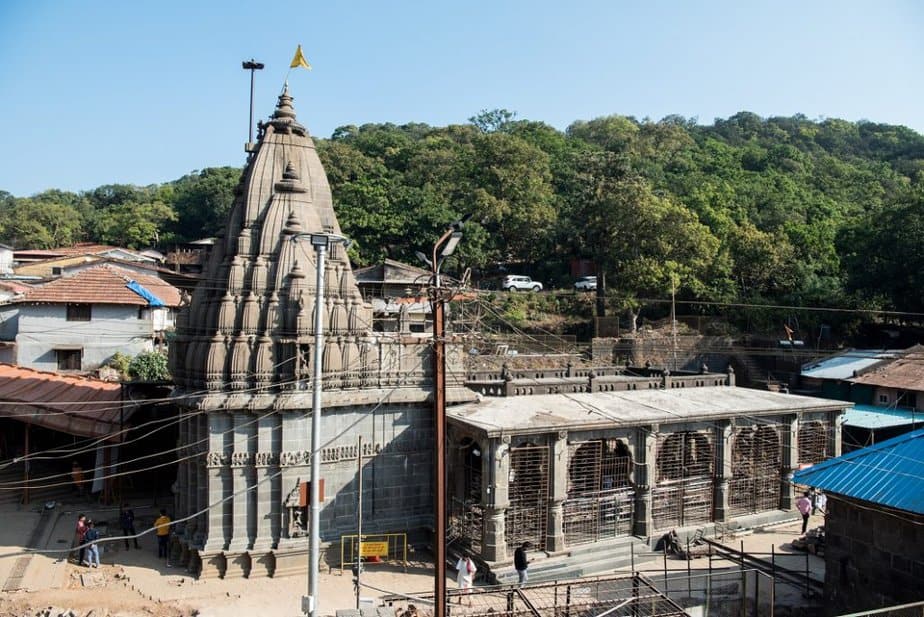
How to Reach Bhimashankar
By Air:
The nearest airport to Bhimashankar is Pune International Airport, approximately 110 kilometers away. You can hire a taxi or take a bus from the airport to Bhimashankar.
By Train:
The closest railway station to Bhimashankar is Pune Railway Station. You can take a train to Pune from major cities like Mumbai, Delhi, and Bangalore. After reaching Pune, you can hire a taxi or take a bus to Bhimashankar.
By Road:
- From Pune: Bhimashankar is approximately 100 kilometers from Pune. You can drive to Bhimashankar from Pune, which takes around 3-4 hours. The road journey is picturesque, offering glimpses of the Western Ghats.
- From Mumbai: Bhimashankar is roughly 220 kilometers from Mumbai. You can take the Mumbai-Pune Expressway and then follow NH60 to reach Bhimashankar. The journey takes around 6-7 hours by road.
Trekking at Bhimashankar
Bhimashankar is a pilgrimage site and a paradise for trekkers and nature enthusiasts. The region is blessed with rich biodiversity and offers a variety of trekking options. Here are some popular trekking trails:
1. Bhimashankar Temple to Gupt Bhimashankar:
- Distance: Approximately 2 kilometers
- Difficulty: Easy
- Highlights: This short trek takes you from the main temple to the hidden Gupt Bhimashankar temple in a cave.
2. Bhimashankar Temple to Nagphani (Nagphani Point):
- Distance: Approximately 5 kilometers
- Difficulty: Moderate
- Highlights: This trek offers stunning views of the Sahyadri range and takes you to Nagphani, also known as the Cobra’s Hood Point, from where you can witness panoramic vistas of the surrounding landscape.
3. Bhimashankar to Padar Killa (Fort):
- Distance: Approximately 10 kilometers
- Difficulty: Moderate to Difficult
- Highlights: This longer trek leads you to the historic Padar Killa Fort, which offers a glimpse of ancient architecture and the Sahyadri wilderness.
4. Bhimashankar to Ahupe Ghat:
- Distance: Approximately 20 kilometers
- Difficulty: Difficult
- Highlights: A challenging trek that takes you through the dense forests of the Sahyadri range, offering a truly immersive experience in nature.
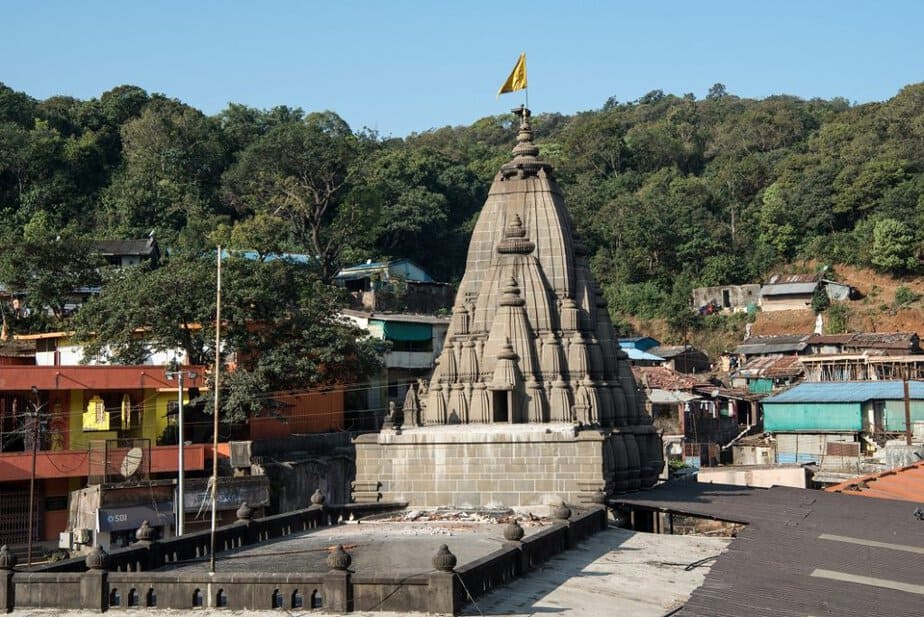
Important Trekking Tips:
- Ensure you have a trek guide or map, as some trails can be challenging and require local knowledge.
- Wear comfortable clothing and sturdy trekking shoes.
- Carry enough water and snacks.
- Be mindful of the weather, as it can be unpredictable in the Western Ghats.
Bhimashankar Temple
The Bhimashankar Temple is the heart of the entire Bhimashankar experience. The temple’s serene atmosphere and architectural beauty make it a must-visit destination for devotees and tourists alike.
Timings:
The temple is open for darshan (worship and viewing) from early morning to late evening. It is generally open from 4:30 AM to 9:30 PM. The temple sees many pilgrims during Mahashivratri and other auspicious days.
Entry Fee:
There is no entry fee to visit the Bhimashankar Temple. However, donations and offerings are welcomed and play a crucial role in maintaining the temple and its surroundings.
Dress Code:
Visitors are expected to dress modestly while entering the temple. Wearing conservative and respectful clothing is appreciated. It is customary to remove your footwear before entering the temple premises.
Rituals and Poojas:
The temple conducts regular aartis (prayer ceremonies) and abhishekams (ritual baths) to the Shivalinga. These rituals provide a spiritual experience for devotees.
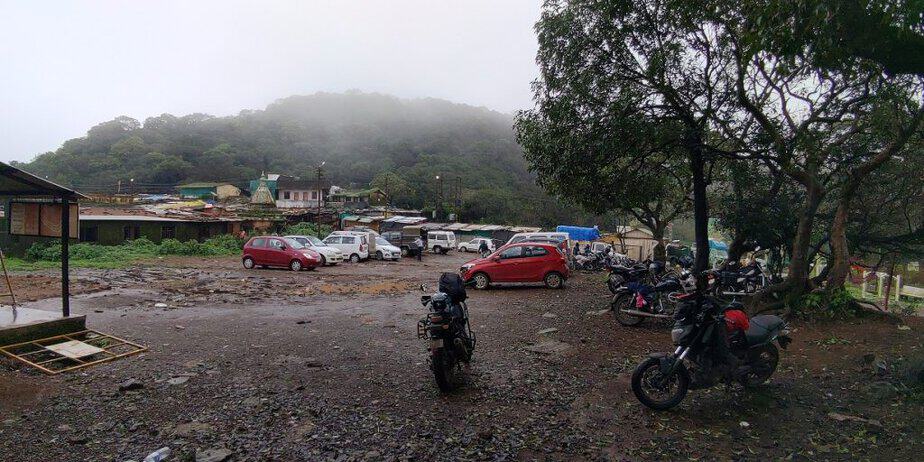
Accommodation and Dining
Bhimashankar offers a range of accommodation options to suit various budgets. You can find guesthouses, lodges, and hotels in and around the temple premises. Here are a few popular choices:
- Bhimashankar Forest Guest House: Located close to the temple, this guesthouse offers comfortable rooms with basic amenities.
- Hotel Sai Leela is a budget-friendly option with clean rooms and a vegetarian restaurant.
- Bhimashankar MTDC Resort: Run by the Maharashtra Tourism Development Corporation (MTDC), this resort offers comfortable accommodations with stunning views of the surrounding forest.
Regarding dining, most of the options in Bhimashankar are vegetarian, as the area is considered sacred. You can savor local Maharashtrian cuisine and traditional dishes at the local eateries. Don’t forget to try the delicious bhakri (a type of flatbread) and pithla (gram flour curry).
Best Time to Visit Bhimashankar
The best time to visit Bhimashankar is during the monsoon season (June to September), when the entire region comes alive with lush greenery and cascading waterfalls. However, trekking during this period can be challenging due to slippery paths, so be prepared.
Another great time to visit is between :
November and February, when the weather is relatively cool and pleasant, make it ideal for trekking and outdoor activities. During this time, you can enjoy the serene atmosphere without the hustle and bustle of peak tourist season.
March to May is also an excellent time to visit Bhimashankar if you prefer warmer weather. However, remember that the summer can get quite hot, so be prepared for higher temperatures if you plan trekking.
Local Festivals and Celebrations
Bhimashankar comes alive during several local festivals; experiencing these festivities can be a culturally enriching experience. Here are some key festivals celebrated in the region:
1. Mahashivratri:
Mahashivratri, the Great Night of Shiva, is one of the most important festivals celebrated at Bhimashankar. The temple sees a massive influx of devotees during this festival, who come to seek the blessings of Lord Shiva. The temple is beautifully adorned with lights, and special rituals are conducted throughout the night.
2. Bhimashankar Yatra:
The Bhimashankar Yatra is an annual pilgrimage that attracts thousands of devotees from different parts of India. The yatra involves a procession from Pune to Bhimashankar, culminating in a grand celebration at the temple.
3. Ganesh Chaturthi:
Ganesh Chaturthi is celebrated with much fervor and enthusiasm in the Bhimashankar region. The festival marks the birth of Lord Ganesha, and you can witness colorful processions and idol immersions in nearby water bodies.
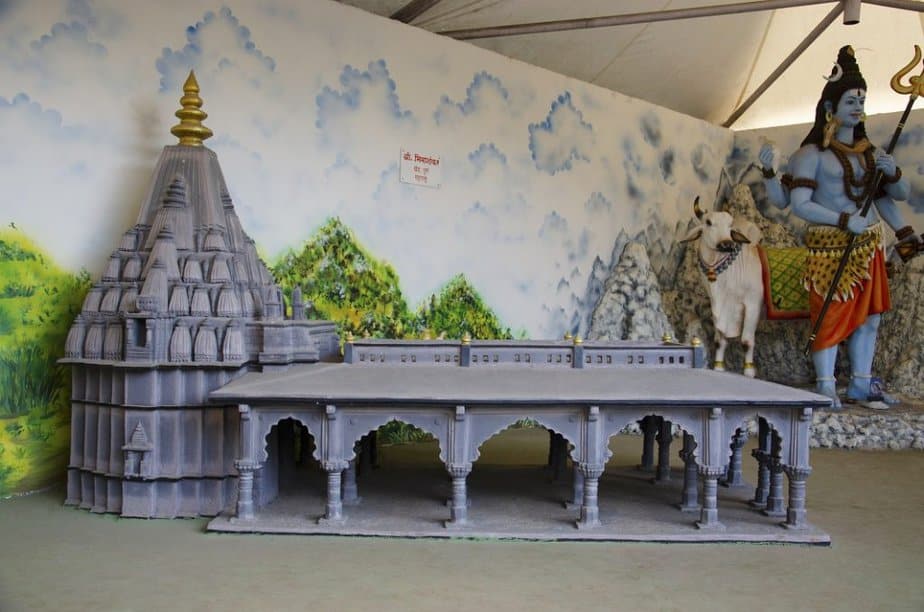
Exploring the Surrounding Area
Bhimashankar’s location in the Sahyadri range provides ample opportunities for nature exploration and eco-tourism. Here are a few nearby attractions to consider:
1. Bhorgiri Village:
A short drive from Bhimashankar will take you to the quaint village of Bhorgiri. The village is known for its picturesque landscapes, serene surroundings, and the Bhorgiri Dam, a great spot for picnics and relaxation.
2. Hanuman Lake:
This beautiful lake, surrounded by lush greenery, is a great place to unwind and enjoy the peaceful ambiance. You can also go for a short hike to reach the lake.
3. Wildlife Sanctuary:
Bhimashankar Wildlife Sanctuary is a treasure trove for nature enthusiasts. It is home to various flora and fauna, including the Indian giant squirrel, leopards, and bird species. The sanctuary offers trekking and bird-watching opportunities.
4. Bhimashankar Trekking Trails:
Apart from the temple-related treks mentioned earlier, the region offers several trekking trails for adventurers. Explore the Kondana Caves, Siddhagad Fort, and Rajgad Fort for an unforgettable trekking experience.
Travel Tips
To ensure a smooth and enjoyable trip to Bhimashankar, consider the following travel tips:
- Carry essentials: Be prepared with essentials such as a first-aid kit, insect repellent, sunscreen, and appropriate clothing for the season.
- Local guides: If you’re planning on trekking or exploring remote areas, hiring a local guide is highly recommended for safety and to enhance your experience.
- Respect local customs: Bhimashankar is sacred, so be mindful of local customs and traditions. Dress modestly when visiting the temple and avoid consuming non-vegetarian food nearby.
- Pack light: If you plan to trek, pack only the essentials, as carrying heavy baggage can be cumbersome during your hike.
- Stay hydrated: Whether trekking or exploring the temple, staying hydrated is crucial, especially during summer.
Conclusion – Bhimashankar
Bhimashankar, with its rich history, serene temple, and pristine natural surroundings, offers a unique destination for travelers seeking a spiritual and adventurous experience. Whether you’re a devout pilgrim or a nature enthusiast, the lush green landscapes, diverse wildlife, and a sense of divine tranquility make Bhimashankar a must-visit place in the Western Ghats of India.
A journey to Bhimashankar is not just a physical exploration; it’s a spiritual and emotional voyage through the annals of history and the lap of Mother Nature. So, plan your visit to Bhimashankar, and let this tranquil paradise leave an indelible mark on your heart and soul.
Leave a Reply